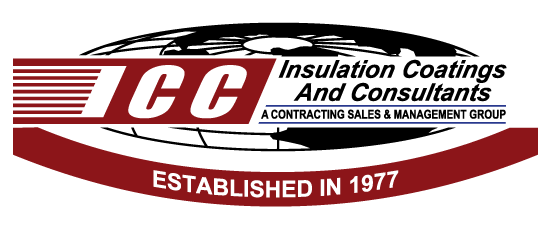
THERMAL INSULATION VALUES
|
Minimum Thickness* Inches |
Average Thickness* Inches |
Maximum Thickness* Inches |
Thermal Insulation Value |
|
1.00 |
1.25 |
1.50 |
4.7 |
|
2.00 |
2.50 |
3.00 |
9.4 |
|
3.00 |
3.75 |
4.50 |
14 |
|
4.00 |
5.00 |
6.00 |
18 |
*Based
on a thickness variance of +/- 20%
SONASPRAY
|
ASTM Standards Compliance |
|
Flame Spread Index |
5 |
ASTM E-84/UL 723 |
|
Smoke Developed |
5 |
ASTM E-84/UL723 |
|
Bond Strength |
|
|
SonaSpray "fc" |
>600 psfASTM E-736 |
|
|
SonaSpray "fc" Dura-k |
>900 psfASTM E-736 |
|
Compression Strength |
|
|
SonaSpray "fc" |
>400 psfASTM E-761 |
|
|
SonaSpray "fc" |
Dura-k >600 psfASTM E-761 |
VAPOR RETARDERS
It is widely asked why spray-on insulation does not require the use of a vapor barrier. The primary purpose of vapor barriers is to slow the migration of indoor moisture through the building components to the outside surface in order to reduce the danger of condensation within the structure.
Such condensation occurs when moist inside air comes in contact with cooler outside surfaces and is itself cooled to the point where it becomes saturated with water vapor. At this point (the dew point) moisture in the air condenses and forms condensation that collects on the interior surfaces of the structure or inside the wall cavities. This moisture is dangerous to the structure.
Though the integral kraft paper or aluminum foil barrier on mineral wool or fibrous glass insulation is still popular, the airtight construction encouraged by increased building standards, and the more efficient insulation developed since the mid 70's, make these barriers questionable because they are not continuous. Even ASHRAE has proven that fibrous glass applications, no matter how well insulated, leave a minimum of 4% void which encourages heat loss of up to approximately 60% and creates serious condensation problems.
Spray-on insulation forms a monolithic coating over the substrate to which it is being applied, and prevents any exterior air from penetrating the cracks or crevices in the substrate. Therefore, the coating prevents exterior and interior air from meeting, thus reducing the formation of condensation which is the function of a vapor barrier.
In short, unlike batt insulation, spray-on insulation's monolithic coating performs the function of a vapor barrier. Therefore, a separate Kraft, foil, or poly vapor barrier is not required.
SGS Test on Air Erosion on Spray-on Insulation
One | Two | Three
| Four
© 2003 Insulation Coatings and Consultants